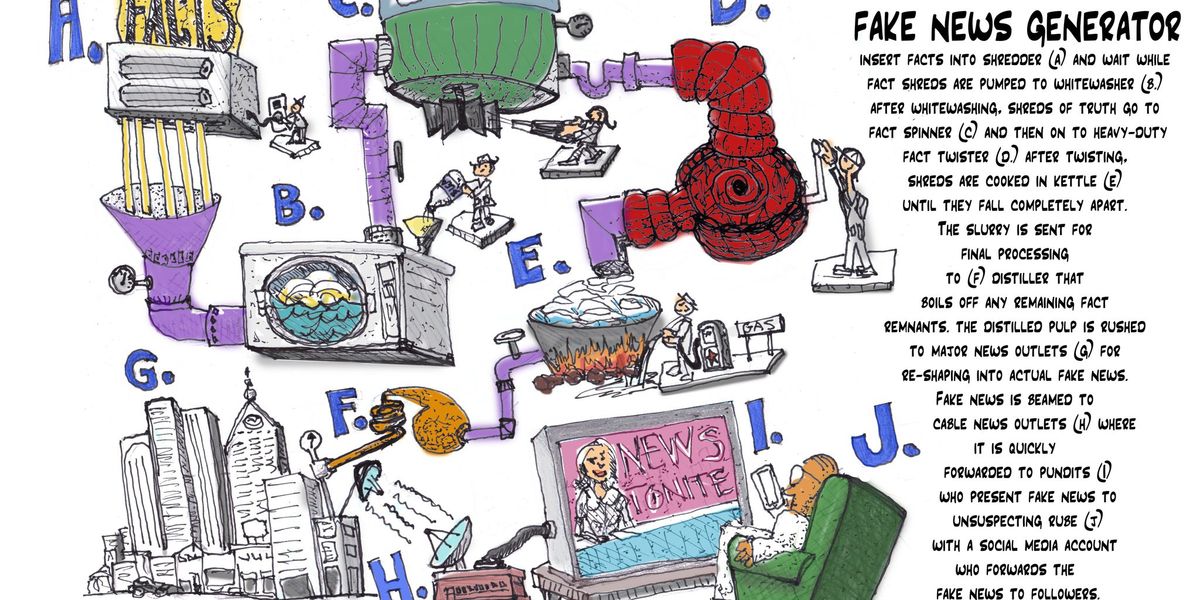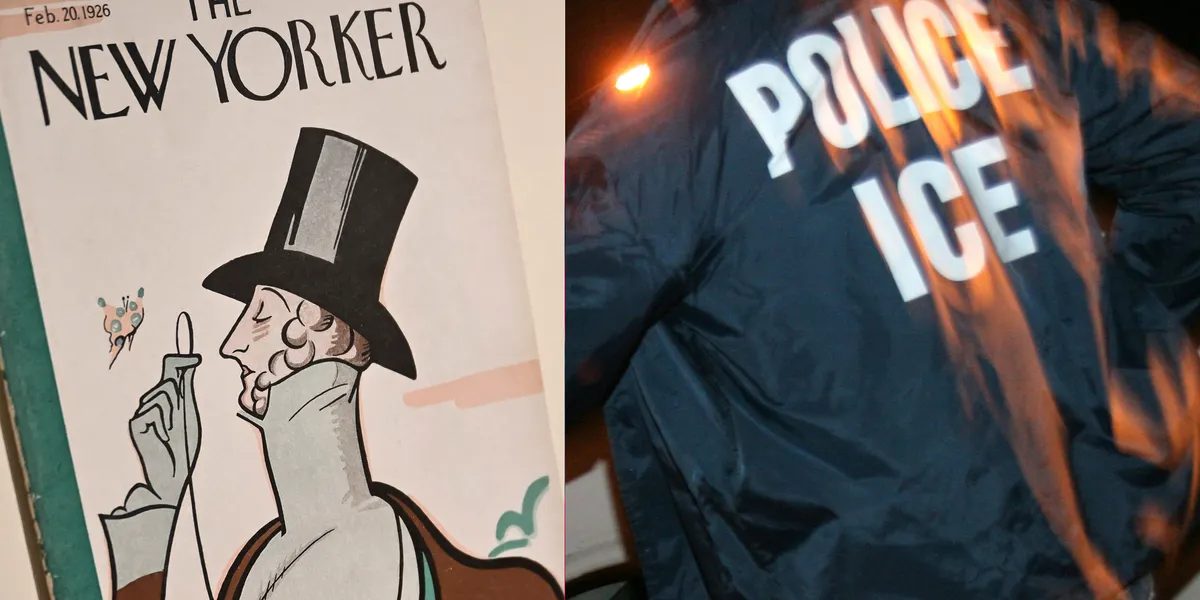As I examine historic massacres, I do so with an eye toward what we can learn from them today. More accurately, what some parties can learn from them. Most won’t get the lesson, but it’s important to try.
Today, just days after the tragedy in Minneapolis, I do so again, but this time with a specific comparison that many people would do well to remember.
A person armed with an AR-15 shot through windows and walls during morning mass, seeking to kill and injure as many people as possible on Wednesday. He killed two and wounded 17, before taking his own life. If only he’d started with that, then moved on from there.
Regardless, many are focused on the AR-15.
Yet in 2007, the worst school shooting massacre in this nation’s history took place in Virginia, on the campus of Virginia Tech. The killer murdered 32 people and shot 17 others. Six additional people were injured when they tried to escape through windows.
As terrible as Minneapolis is, I think we can all agree that Virginia Tech was far more bloody.
The killer, who took his own life after this atrocity, was found by police with 203 rounds remaining. Clearly, this illustrates the need for an assault weapon ban, right?
Well, expect for the fact that the killer used a couple of handguns.
The gunman had a Walther P22 and a Glock 19. He had nothing that was illegal and had followed all relevant laws in obtaining them, even Virginia’s gun rationing law that was in effect at the time.
Instead of it stopping him, he simply waited until he could get the second handgun. It wasn’t a big deal for him. Not in the least.
See, no matter what roadblocks you put in place, someone will find a way around them. Columbine, which sparked the modern notion of mass shootings, took place during the 1994 Assault Weapon Ban. They didn’t blink.
This killer didn’t stumble when faced with gun rationing.
He didn’t stumble with any of the laws that were intended to keep those students safe.
While some resisted, such as Air Force ROTC Cadet Matthew La Porte, who tried to tackle the killer and was shot seven times, none had the means to resist effectively. Holocaust survivor Liviu Librescu held the door, keeping the killer at bay while his students escaped, and was killed.
These are acts of heroism, to be sure. I have no doubt that the Vikings would have celebrated such deeds as worthy of Valhalla, and I have no doubt that they are being honored in the afterlife for their sacrifices.
But heroism, while great, only goes so far if the hero in question lacks the best tools for what he or she is trying to do.
Just as in Minneapolis, those students and teachers were sitting ducks. They were a prime target, and their only real protection was some words on a piece of paper that said people couldn’t do what the killers turned around and did.
Words are not protection. Words are wonderful things, mind you. I’m someone who feeds my family by using them.
But as a wordsmith, they may stir the soul and sparkle in the mind, but they cannot put a shield between people and hostility. They needed more than words that day in 2007, and they needed more than words on Wednesday morning.
Words, though, can remind people of this fact. They can inform them.
So here’s hoping people learn the lessons of then, so we don’t make stupid mistakes here and now.
Editor’s Note: President Trump and Republicans across the country are doing everything they can to protect our Second Amendment rights and right to self-defense.
Help us continue to report on their efforts and legislative successes. Join Bearing Arms VIP and use promo code FIGHT to get 60% off your VIP membership.
Read the full article here







![Bizarre Anti-ICE Demonstration at a California Home Depot Has People Calling Them Retards [WATCH] Bizarre Anti-ICE Demonstration at a California Home Depot Has People Calling Them Retards [WATCH]](https://www.lifezette.com/wp-content/uploads/2025/07/2025.07.16-09.06-lifezette-6878146b72e36.jpg)




![Campbell Soup Rocked by Recording of Executive Blasting Fake Meat and Poor People [WATCH] Campbell Soup Rocked by Recording of Executive Blasting Fake Meat and Poor People [WATCH]](https://www.lifezette.com/wp-content/uploads/2025/11/2025.11.25-10.32-lifezette-692585c57b091.jpg)